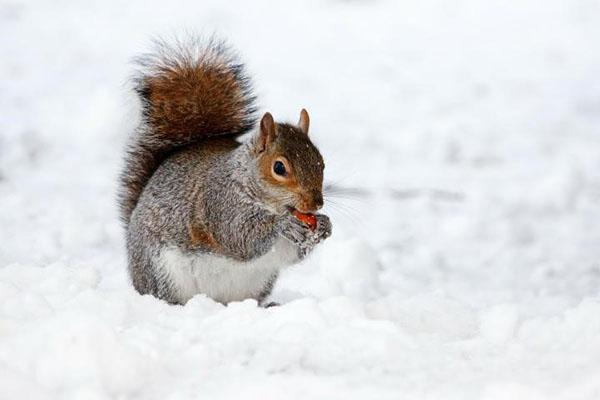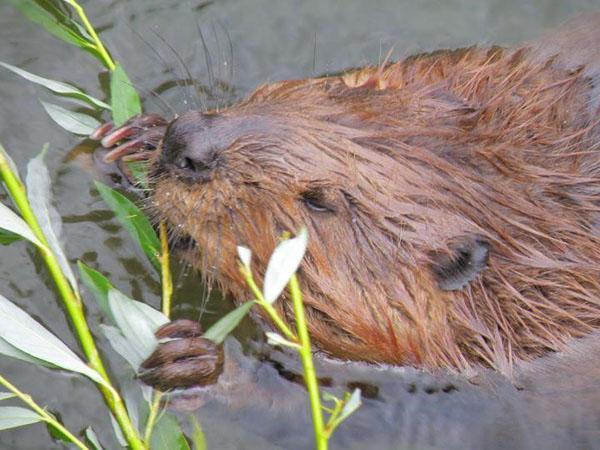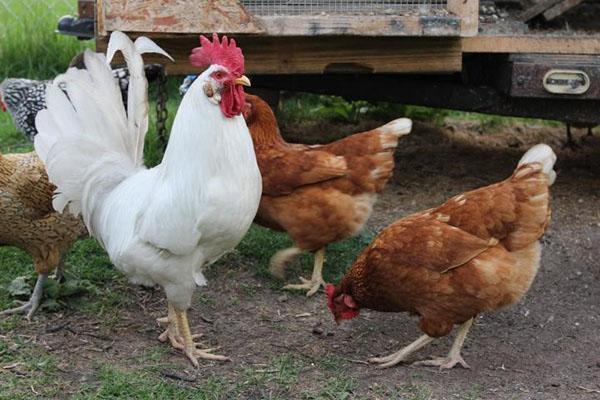Observe the signs of nature and predict the weather
 What kind of weather awaits us tomorrow or in a few days? Our ancestors lived in harmony with nature and learned to predict what the coming season will bring.
What kind of weather awaits us tomorrow or in a few days? Our ancestors lived in harmony with nature and learned to predict what the coming season will bring.
Clouds, birds, animals and plants are all natural clues to weather surprises. Proverbs, sayings, folk predictions and superstitions have been passed down through generations of hunters, farmers and fishermen who have relied on natural signs to predict an impending storm or the severity of a coming winter. The study of proverbs, including the weather, is called paremiology. Most of them are bizarre and unrealistic fables without any scientific basis, while others have a grain of truth.
How animals and weather forecast are related
The behavior of animals is directly dependent on the weather. The thickness of their skin, the amount of subcutaneous fat, the options for where they hide their food caches, and how they build their winter dens are all used to predict winter weather. Native Americans observed beavers to predict colds. They believed that the thicker and rougher the beaver hide, the harder the winter will be.

- if you see a beaver carrying chopsticks in its mouth, it will be a hard winter, and you better head south;
- if the skunks are too fat, expect a cold winter;
- when squirrels are rare in autumn, this indicates an approaching severe cold, while chipmunks in December speak of a mild winter;
- if squirrels hide their reserves high in the hollows of trees, know that there will be a lot of snow;
- when squirrels start to stray into large groups early, expect a truly severe frost.
Birds are great predictors
 Farmers have long learned to predict cold weather by birds. It is generally believed that when birds migrate early, winters will be cold and harsh. This is also evidenced by the thick feather cover of the turkey. If wild turkeys have chosen to roost on the branches of trees and refuse to leave it, snowfall is approaching.
Farmers have long learned to predict cold weather by birds. It is generally believed that when birds migrate early, winters will be cold and harsh. This is also evidenced by the thick feather cover of the turkey. If wild turkeys have chosen to roost on the branches of trees and refuse to leave it, snowfall is approaching.
If the rooster sheds before the hen, the winter will be mild, however, if the hens begin to molt in front of the rooster, the winter will be hard as a stone.
Insects and weather
 Over the years, we've learned that cold weather can be predicted even by insects. For example, when bees are building their hives in a sheltered location (garage, barn), expect severe cold.
Over the years, we've learned that cold weather can be predicted even by insects. For example, when bees are building their hives in a sheltered location (garage, barn), expect severe cold.
 It is believed that the height of the hornet's nest will indicate the mark to which the snow will rise next winter. The hairy caterpillars we've already talked about are favorites for weather forecasting among insects.
It is believed that the height of the hornet's nest will indicate the mark to which the snow will rise next winter. The hairy caterpillars we've already talked about are favorites for weather forecasting among insects.
What Plants Can Tell About the Weather
Tough apples and a thick onion shirt, as well as thickened flower buds, are believed to signal the approach of a cold winter. Americans say, "Get out your heavy winter coat if the flower buds are wearing the coat themselves." Harsh cold is also indicated by corn husks if they are thicker and denser than usual.
 If mushrooms grow in abundance, this indicates heavy snowfall. No mushrooms, no snow.
If mushrooms grow in abundance, this indicates heavy snowfall. No mushrooms, no snow.
The early fall of foliage suggests that autumn and winter will be mild. When the foliage lingers longer than usual, the cold will hit in full force. For example, if it's October and the foliage is still hanging on the branches.
 A bountiful harvest of acorns, rose hips, hawthorn and other berries means that an unfavorable winter season is approaching. A lot of nuts, on the contrary, speaks of an easy winter.
A bountiful harvest of acorns, rose hips, hawthorn and other berries means that an unfavorable winter season is approaching. A lot of nuts, on the contrary, speaks of an easy winter.
The level to which the weeds grow marks the point to which the snowdrifts will grow later.
Now you know a little more about how you can predict the weather without checking the weather reports. It should be noted that weather folklore is far from infallible in its forecasts, however, it is insanely interesting.